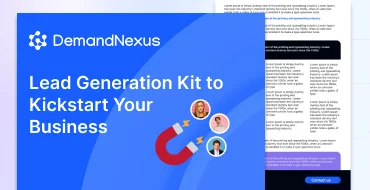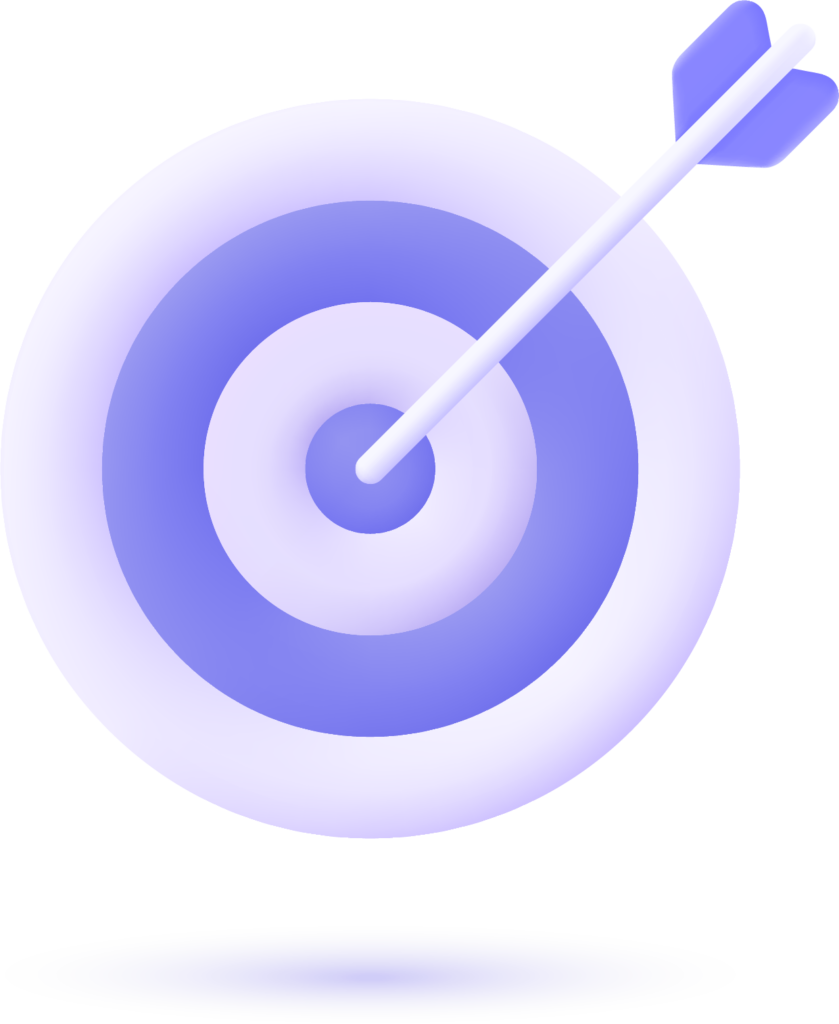What Is the B2B Sales Cycle?
The B2B sales cycle is a multi-stage process that leads potential customers from initial awareness to the final purchase decision. It’s more complex than the B2C sales cycle because B2B buyers usually involve multiple decision-makers, larger budgets, and longer sales cycle lengths.
Why Understanding the Sales Cycle Is Important
Understanding the subtleties of a sales cycle is fundamental in creating a concrete sales funnel that progresses the potential buyer through each step of the buying process. It helps companies condition B2B sales outreach to specific needs, reduces the length of the sales cycle, and closes more deals.
Building an Effective Sales Funnel
A sales funnel is a graphical representation of the sales process. It identifies the different stages that a potential buyer passes through from the time the purchase will be made. A well-designed sales funnel is, therefore important to nourish good leads and ensure that prospects are achieved from the client, without a hitch.
Why You Need a Strong Sales Funnel
Without an optimized sales funnel, it’s easy to lose prospects at different points in the buyer’s journey. An optimized funnel ensures that the right information is received by the sales team at the correct time to convert leads into paying customers.
The Sales Funnel Stages
The sales funnel breaks down into several stages, one of which is essential to converting a potential customer into a loyal client. Let’s explore these stages and the strategies that can maximize your funnel’s effectiveness.
1. Awareness Stage
The awareness stage is at the top of the funnel. It is where you first have potential customers become familiar with your product or service. This is where you cast as wide a net as possible to raise the level of brand awareness among your target audience.
Strategies for the Awareness Stage
- Content marketing: This comes through blogs, articles, or video that teach a prospect about your offering.
- Social media marketing: These include LinkedIn and Twitter that are great weapons for the B2B market targeting the decision-makers and even potential buyers.
- SEO: Leverage relevant NLP keywords to drive prospects into your business in search results.
2. Interest and Evaluation Stages
If people know that your product exists, they will be at the interest stage. They will assess whether your product or service meets their needs.
Strategies for the Interest and Evaluation Stages
- Email Campaign: Feeding leads customized emails that contain very important information and references.
- Product Demonstrations: Letting people see what your product can do by showing demos or case studies shows trust and credibility.
- Lead Nurturing: Repeated follow-ups combined with educative content leads the prospect towards a buy decision.
3. Conversion and Purchase Stages
This is when your leads are ready to take a call on buying. The conversion stage is that juncture when they should be pushed towards the ultimate step, which is becoming a paying customer.
Conversion and Purchase Strategies
- Personalized Sales Messages: Tailor your message specifically to the needs of your potential buyer and you will win at times.
- Special Deals: A discount or incentive can just tip the scales in your favour during the purchase stage.
- Streamlined Check-Out Process: Make sure the purchasing process is smooth and flawless, creating no friction that would lead to abandoned sales.
4. Loyalty and Retention Stage
Existing customers become your brand advocates at the loyalty and retention stage, as retaining a client is far cheaper than acquiring the client. It is the last level of the funnel.
Tactics for Loyalty and Retention Stage
- Post-Purchase Engagement: Emails or follow-up calls will keep the customers engaged and happy.
- Customer Loyalty Programs: Incentives like rewards or discounts can make them come back.
- Customer Feedback and Support: Regularly collecting customer feedback and providing stellar support can turn happy clients into brand advocates.
Sales Team Strategies for Success
Your sales team is central to the process of selling, translating leads into paying clients. For effective sales reps, there is the need for proper training and provision of the right tools.
Effective Sales Team Strategies
- Sales Training: Keep your sales reps updated by providing them with regular sessions on the latest sales tactics and product knowledge.
- Sales Coaching: You allow your sales reps to enhance techniques and learn how to exit tight-selling situations through coaching.
- Sales Enablement: A resource, like a sales script, CRM tools, or product documentation, enables your team to close more deals as it gives them the resources they need.
Aligning Sales and Marketing Teams for Success
To be successful, both teams need proper coordination. In case of their misalignment, sales and marketing teams tend to miss opportunities and their effort can be a waste.
How to Align Sales and Marketing Teams
- Communication: The two teams can communicate to each other at regular, weekly, or bi-weekly basis.
- Shared Goals: Working towards common goals. For example, striving for a higher conversion rate or reducing the length of the sales cycle.
- Integrated Processes: Utilize shared CRM systems to track and account for leads as well as customer interactions so that no lead slips and falls through a crack.
Measuring and Optimizing the Sales Funnel
You will need to continuously measure and optimize your sales funnel to achieve peak performance.
Key Metrics to Track
- Conversion Rates: Monitor conversion rates from every stage of conversion of leads into paying clients.
- Sales Revenue: Monitor the revenue generated by your funnel.
- Customer Lifetime Value (CLV): Measure the value of customers who pay your business over time.
- Customer Satisfaction: Periodically measure how satisfied your customers are with your product or service.
Strategies for Optimizing the Sales Funnel
- A/B Testing: Try a number of approaches-cum-practices, such as sales copy or email sequences, and find what works for your audience best.
- You should make use of tools such as Google Analytics or CRM platforms for tracking the performance of your funnel and thus be on your way to finding bottlenecks.
- Continuous Improvement-Marketing strategy as well as the sales process are constantly required to be reviewed in terms of how they will relate to a business.
Conclusion
The B2B sales funnel is meant to convert qualified leads into paying clients and foster deeper interactions with existing customers. If you understand the sales cycle, how to align the sales and marketing teams, and keep a regular check on and optimization of your funnel, you are likely to produce a smooth sales process that leads to growth and upward revenue from sales.
Frequently Asked Questions
1. What is a B2B sales funnel?
The B2B sales funnel is basically a step-by-step process that guides potential customers at every level of the buyer’s journey, from awareness to purchase.
2. How can I optimize my sales funnel?
You can optimize your sales funnel by tracking key metrics such as conversion rates, A/B testing to see what strategies work best, and so much more.
3. Why is aligning sales and marketing teams important?
Alignment of sales and marketing teams should be done to nurture leads properly and both will work in tandem towards the same objective to enhance efficiency inside the sales funnel.
4. How do you shorten the B2B sales cycle?
Shrink the sales cycle by nurturing prospects through proper content, streamlining the purchase process, and keeping a track of prospects with systems like CRM.
5. What role does customer retention play in the B2B sales funnel?
Customers are kept because they really help facilitate long-term relationships with a paying client and encourage repeat business that is often more profitable than acquiring new customers.



